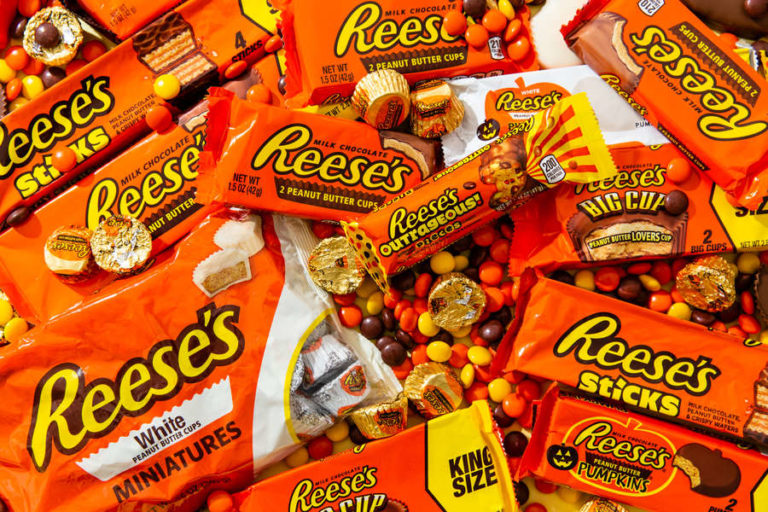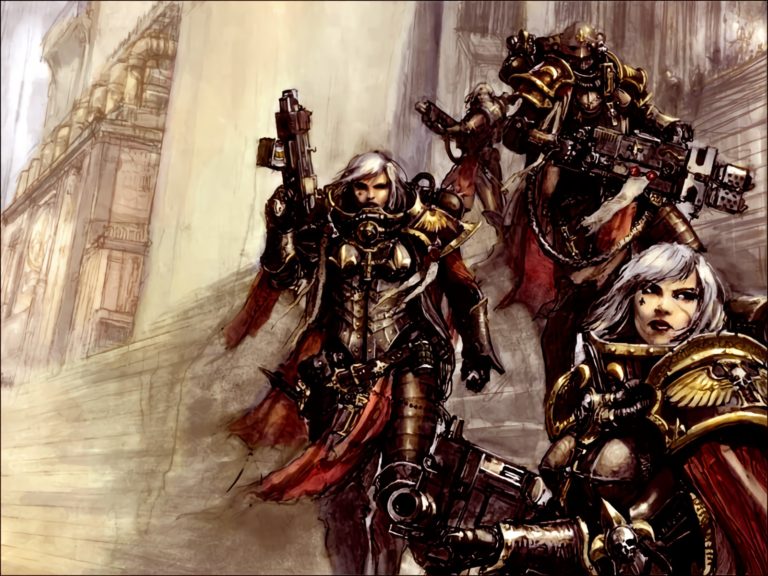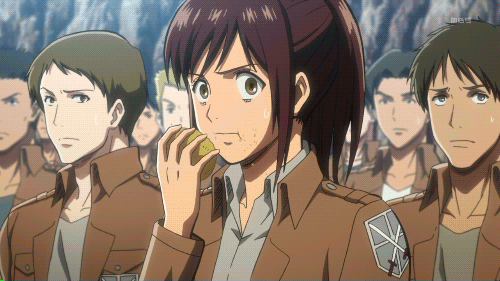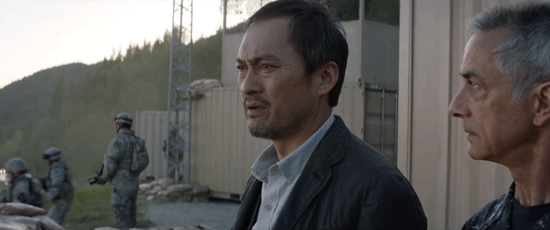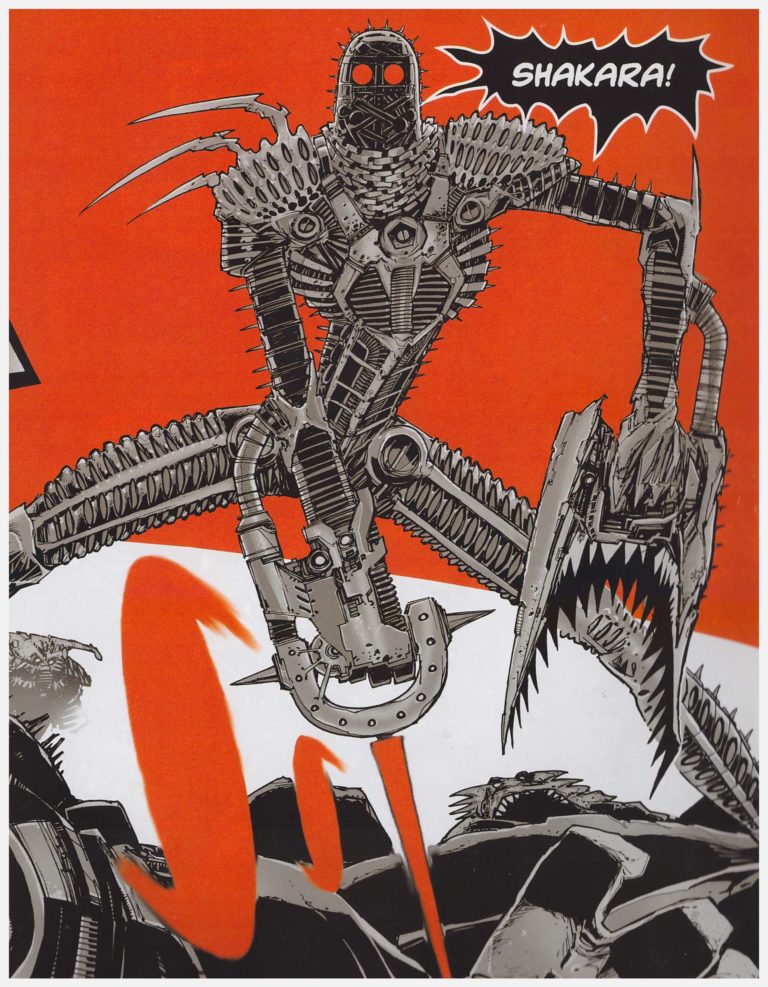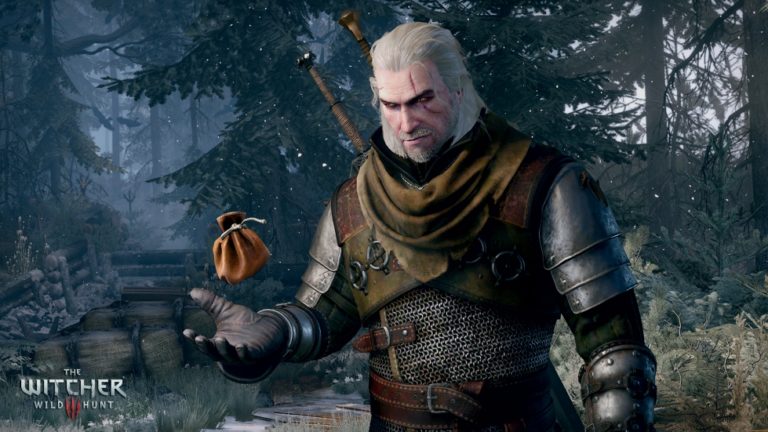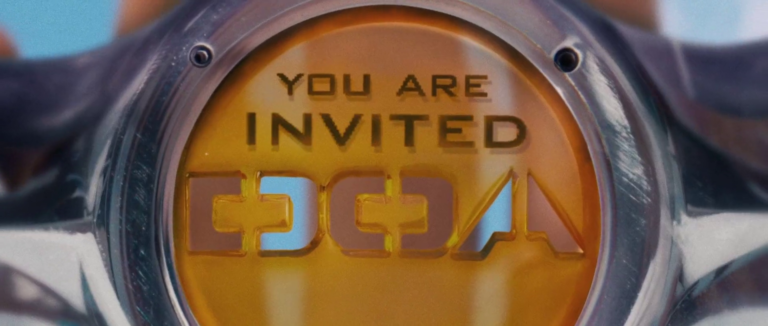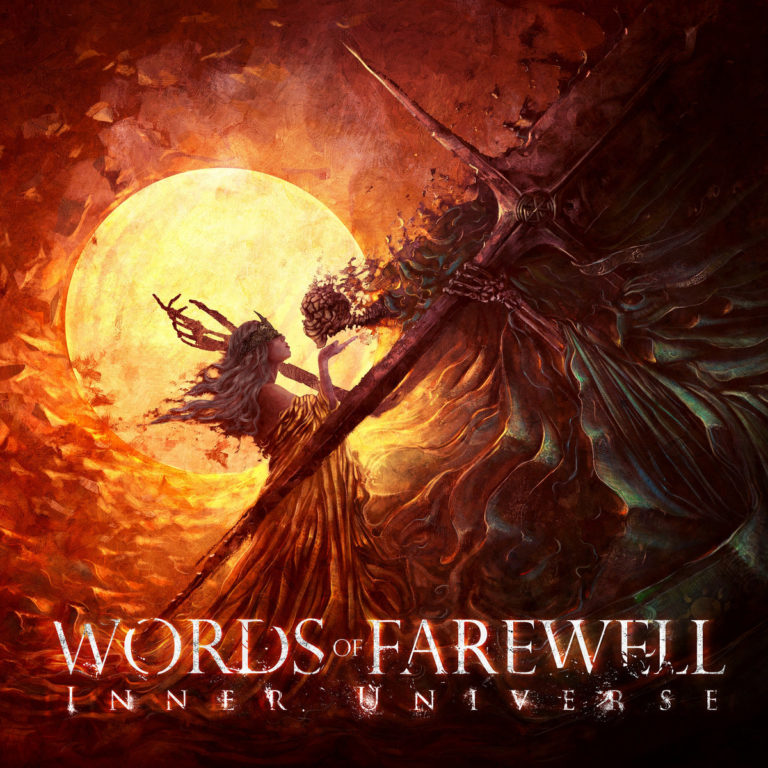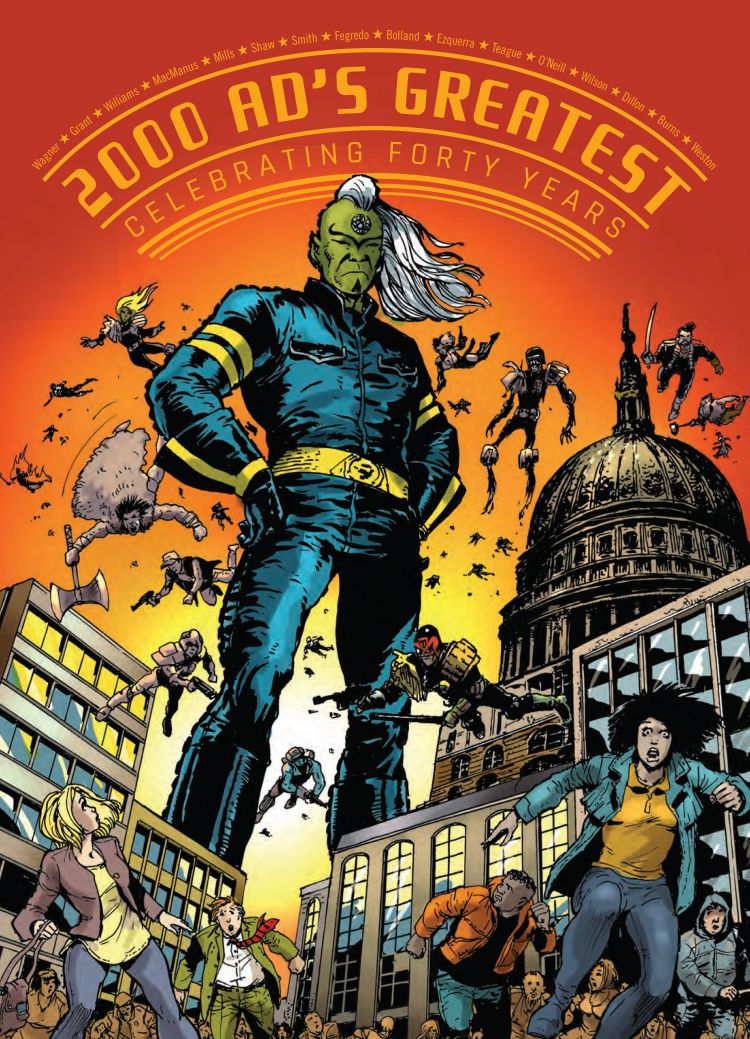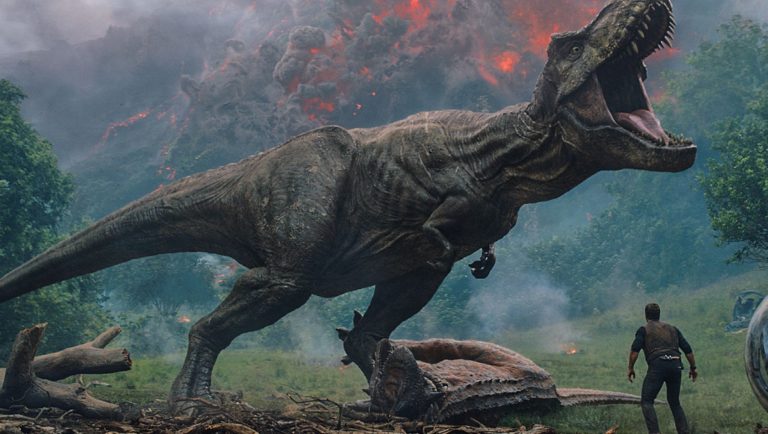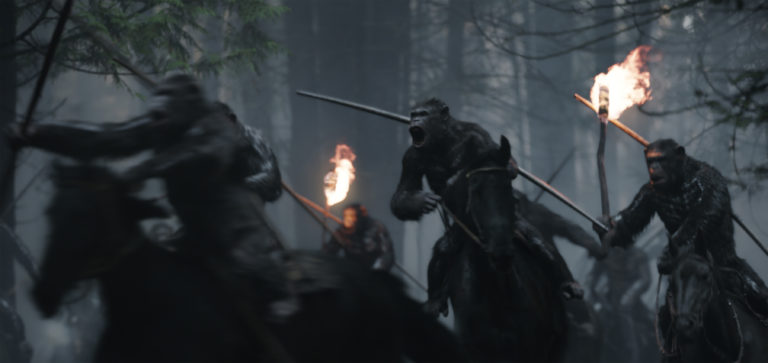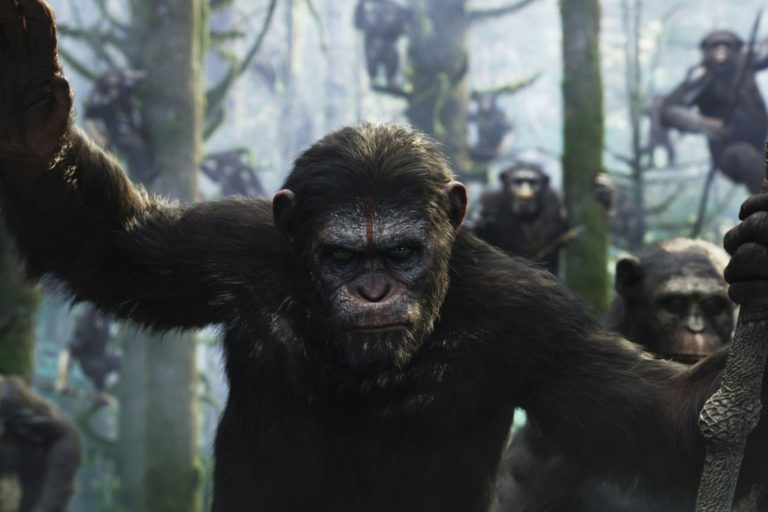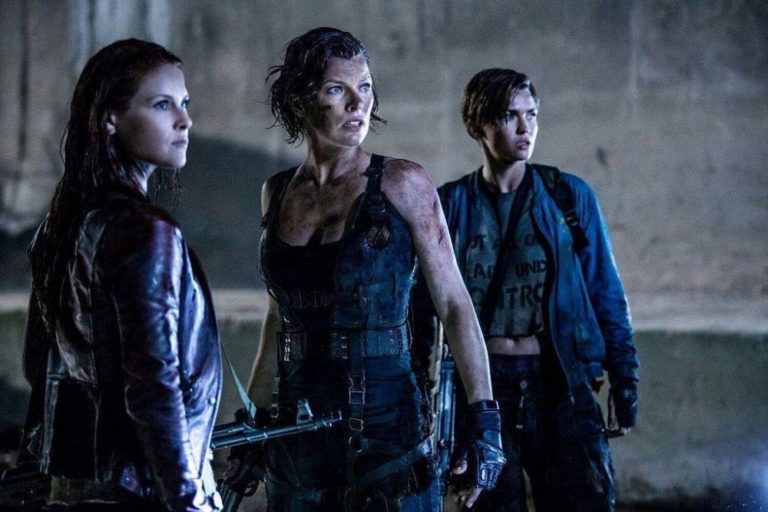Oh hey, it’s time for me to be a corporate whore and provide an update of my...
Barloq
Writer, blogger, father. Blogging since 2012, writing my whole life. Was blessed by the chupacabra and the guardian shepherd.
As I have stated in the past, I’m a long-time fan of Warhammer 40,000. I love the...
Attack on Titan is one of those blockbuster series that you can expect even the most casual...
Hey, I know that my writing output has slowed considerably in 2021, down from three posts in...
Godzilla vs. Kong was easily the most excited I have been for a movie since… well, since...
Welcome back to the 2000AD Humble Bundle round-up! I’ve finally gotten a chance to sink my teeth...
Back in mid-2019 I wrote an article about how I thought that Death Note, popularly considered one...
This review has been a long time coming. Like, to put it into perspective, I tend to start...
So… 2020 has been a year. However, if there has been one positive for me, it’s that...
I like checking in on the Humble Bundle store every once in a while, sometimes there are...
Welcome back to the Jurassic Park retrospective! In today’s post we’re going to talk about the most...
Welcome back to the Planet of the Apes retrospective! In today’s post we’re going to be looking...
Welcome back to the Planet of the Apes retrospective! In today’s post we’re going to be looking...
Welcome back to the Resident Evil retrospective! …yes, you read that correctly. It’s been more than seven...
